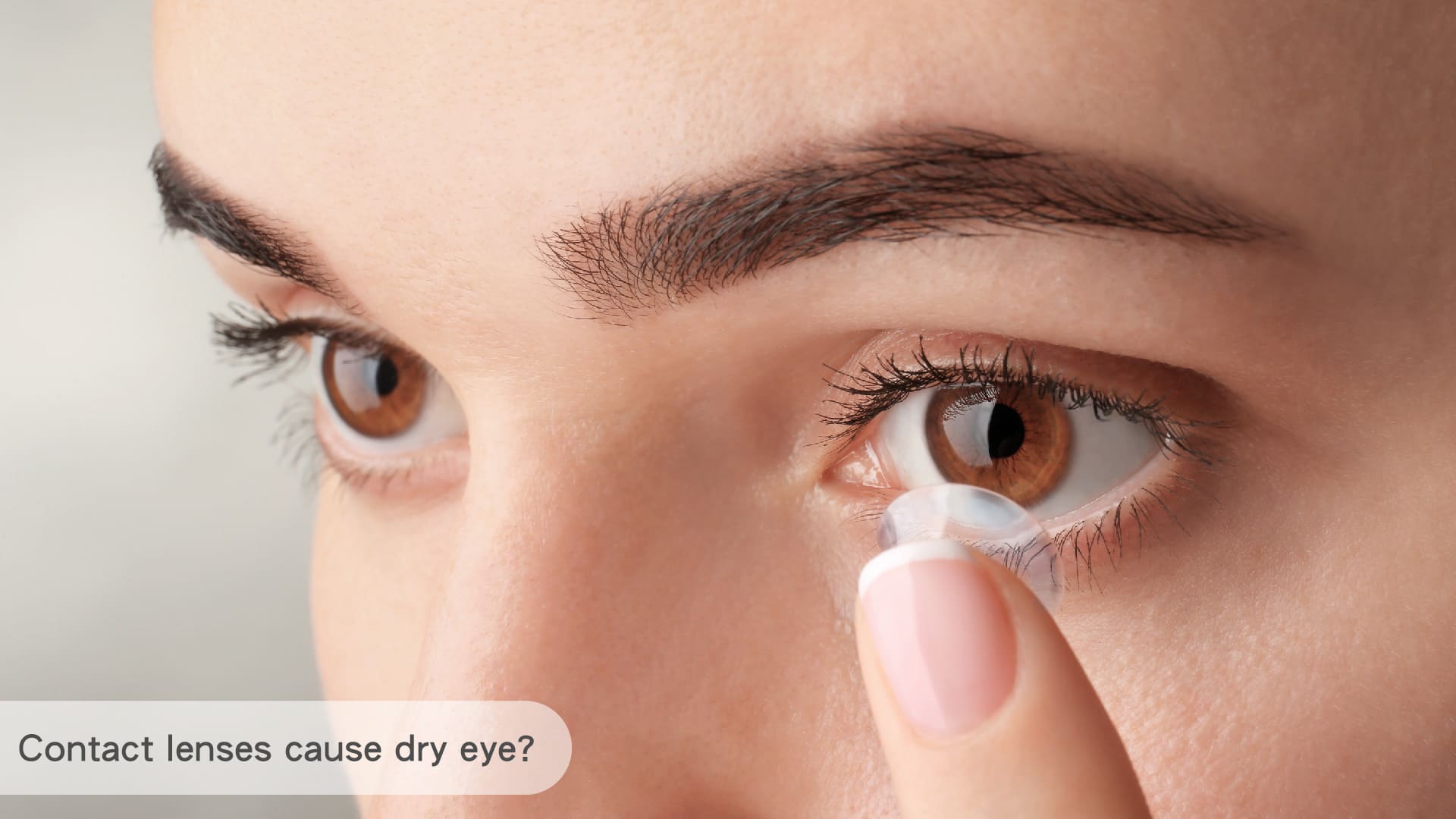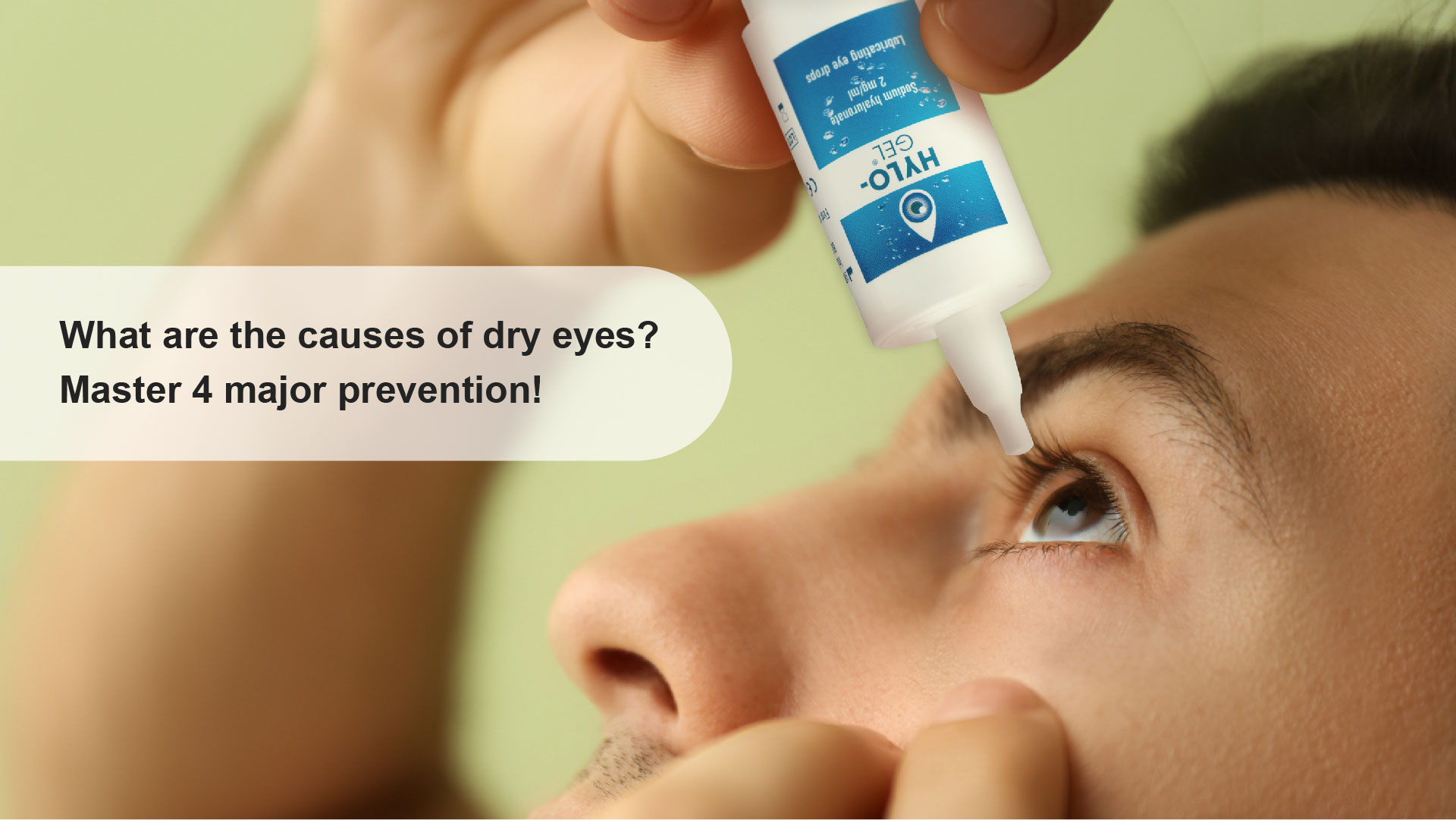Four main factors can cause CLD.
1.Environmental factors:
Dry weather or being in dry indoor environments with air conditioning or heating can reduce the humidity on the eyes’ surface, leading to dryness. Additionally, environmental conditions like chemical fumes, secondhand smoke, or strong winds may overly stimulate the eyes, affecting the function of the meibomian glands and causing problems such as increased tear evaporation and lack of oil, resulting in dry eyes.
2.Prolonged exposure to electronic devices:
Screen time can decrease blinking frequency, and staring at smartphones, tablets, or computers for extended periods can reduce tear secretion. Moreover, prolonged exposure of the eyes to blue light can chronically stimulate the macula, leading to inflammation.
3.Ill-fitting contact lenses:
Ill-fitting contact lenses are also significant in CLD. Different materials and brands of contact lenses have varying effects on the eyes. Choosing the right contact lenses for yourself can help relieve dry eye problems.
4.Tear film damage:
The eye surface is covered by a tear film layer, which primarily moistens and protects the eyes’ surface to maintain eye health. The tear film can be divided from outer to inner layers into the lipid, aqueous, and mucin layers.
Contact lenses can thin the lipid layer, leading to thinning and instability of the tear film. Moreover, reduced blinking frequency can accelerate tear film damage, resulting in dry eye problems.

Five tips to prevent CLD
.Use preservative-free eye drops:
Although preservatives can extend the shelf life of eye drops, they can also damage the normal tissues on the eyes’ surface. Long-term use of eye drops containing preservatives may cause side effects such as foreign body sensation, unstable tear film, and allergic reactions. Therefore, priority should be given to preservative-free products to avoid secondary damage to the eyes.
2.Choose moisturizing and high oxygen-permeable contact lenses:
To avoid contact lens-induced dryness, choosing contact lenses with high moisture and oxygen permeability is essential. High humidity ensures that the surface of the eyeball remains moist, thereby reducing discomfort. High oxygen permeability promotes oxygen passage through the contact lenses to the eyeballs, helping maintain eye health. Before purchasing contact lenses, it is recommended to consult a registered optometrist to ensure the selection of suitable products.
3.Warm treatment for the eyes:
Heat treatment can promote blood circulation around the eyes and muscle relaxation, helping increase tear secretion and clear blocked meibomian glands to relieve discomfort caused by CLD. A heat treatment eye mask for eyelids at approximately 45 degrees Celsius for about 5 minutes each time is recommended. Generally, warm compresses can be performed 1 to 2 times a day, such as in the morning and evening.
4.Allow the eyes to rest regularly:
If wearing contact lenses for long periods, remember to blink more often and allow the eyes to relax periodically, avoiding prolonged use of electronic products. Remember the ’20/20/20′ eye care rule: every 20 minutes of eye use, rest the eyes for at least 20 seconds, or focus on a landscape at least 20 feet (approximately 6 meters or 50 centimeters) away for 20 seconds. Additionally, do not wear contact lenses while sleeping to ensure adequate eye rest.
5.Improve living environment:
Improving or avoiding the following environments can effectively relieve CLD:
- Minimize time in unfavorable environments such as air conditioning, dryness, strong winds, or smoke.
- Ensure appropriate indoor lighting to avoid excessively bright or dim light affecting visual comfort.
- Maintain proper indoor humidity, especially when the environment is overly dry; consider using a humidifier.
- Avoid direct airflow (e.g., from a hairdryer) towards the eyes to reduce eye dryness.
- When going outdoors, potential UV damage may occur, so it is recommended to wear polarized sunglasses to protect the eyes.
Friendly reminder: If you have any concerns about your health, please consult your doctor or a professional healthcare provider!
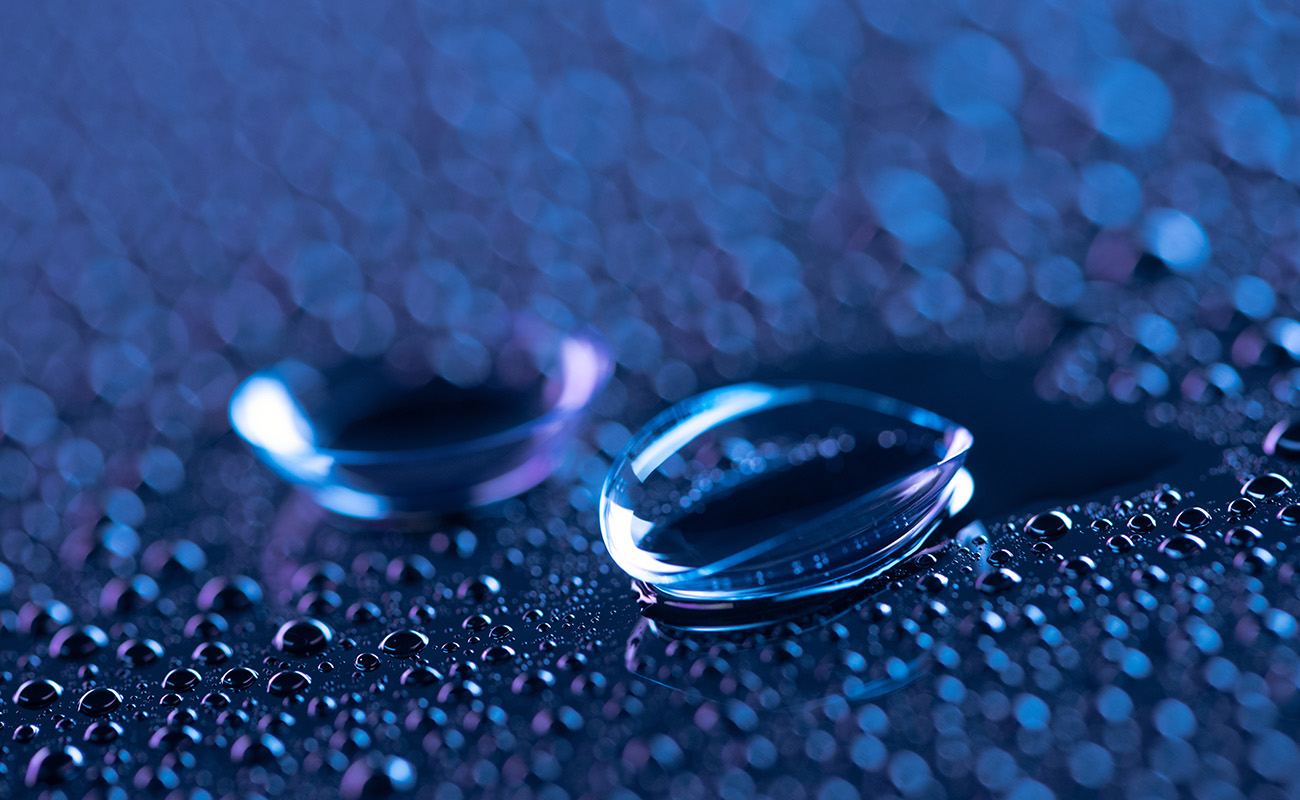
Recommendation for Contact Lens-Associated Dry Eye(CLD): Use Ursapharm HYLO GEL®!
Various eye drops are on the market, and patients should consider the ingredients and efficacy. Below is a recommendation for Ursapharm HYLO GEL® as a daily moisturizer to alleviate Contact Lens-Associated Dry Eye(CLD):
- Preservative-free and patented bottle design: Using the COMOD®-System patented technology, the eye drops are kept in a sterile state and sealed environment without the need for preservatives, maintaining the quality of the eye drops.
- Patented Hylo® hyaluronic acid: It is a hydrophilic molecule that can adsorb in water, forming a protective film on the eye’s surface. This helps maintain moisture and hydration and improves the tear film’s stability, helping protect the eyes.
- Drop-by-drop dosage Design: The COMOD® dosage system makes dispensing precisely one drop per pump stroke possible. This means the contents go a long way. The drop dispensed is the same size, producing a constant, reliable effect.
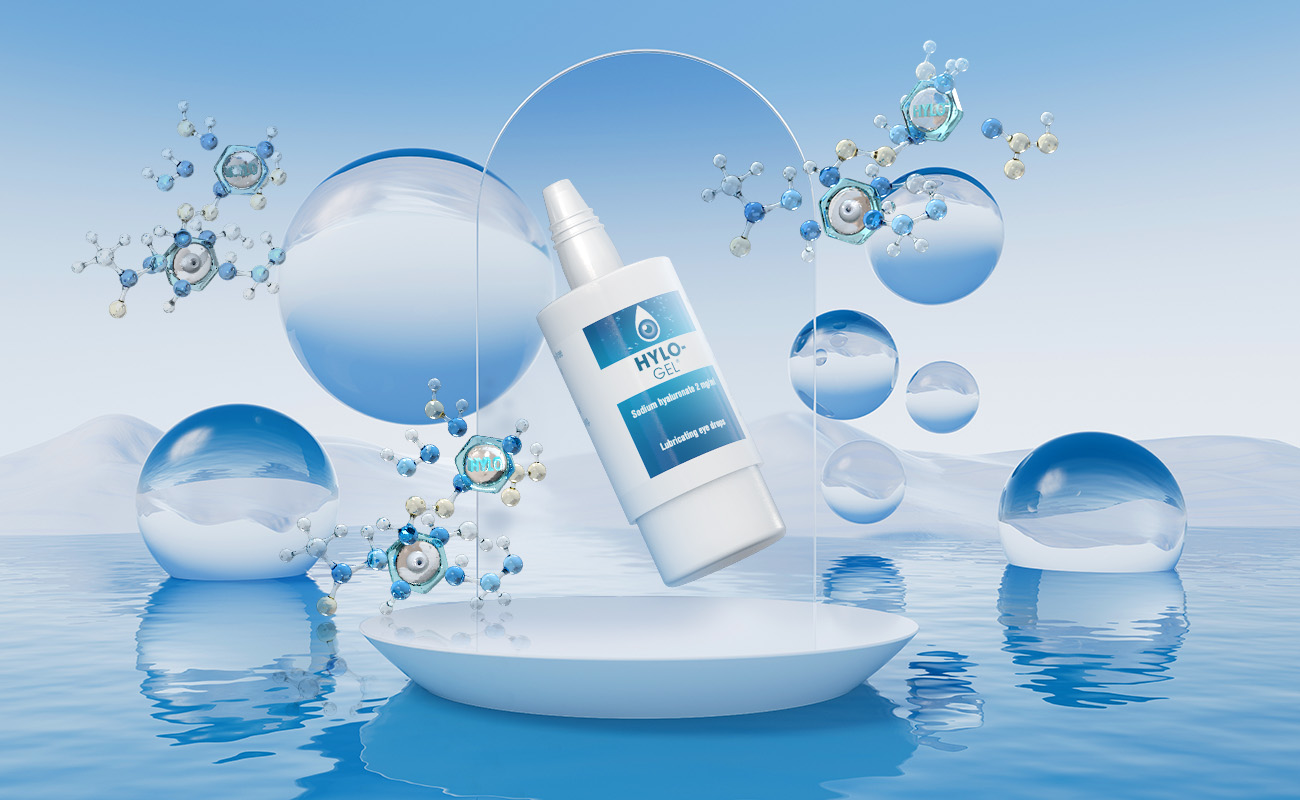
Purchase Ursapharm HYLO GEL® eye drops from authorized retailers recognized by ReichPharm:
When purchasing Ursapharm HYLO GEL®, it is recommended that you buy them from authorized retailers recognized by the official distributor ReichPharm to ensure safety and efficacy.
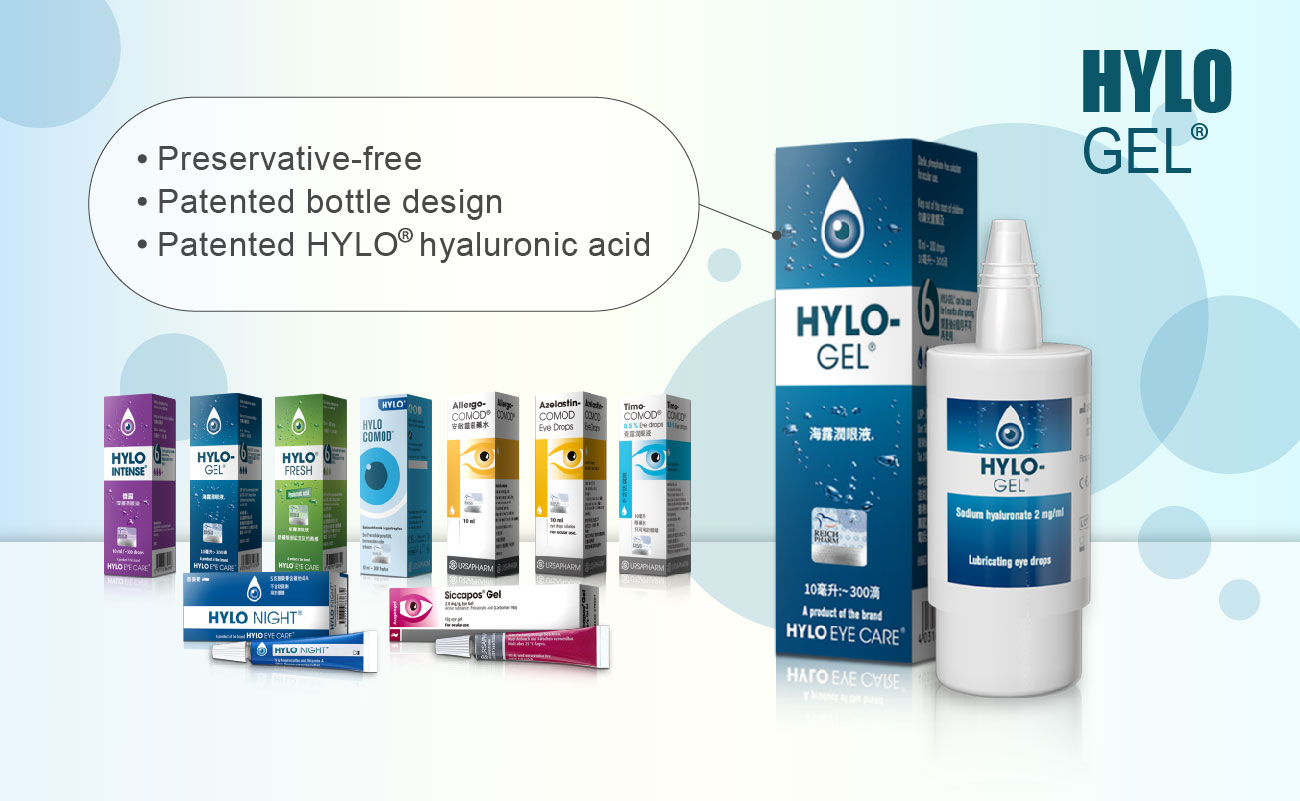
Friendly reminder:
Consult your healthcare provider or pharmacist for advice before using this product if you are:
1.Pregnant or breastfeeding.
2.Infants or children.
